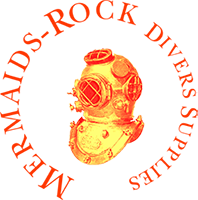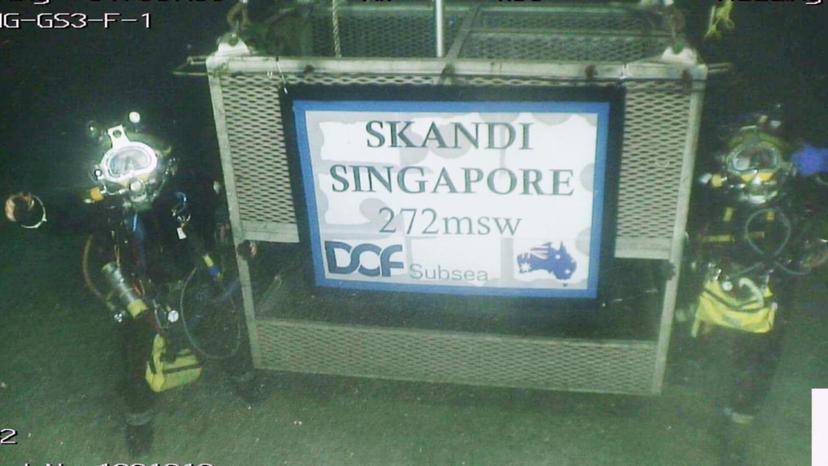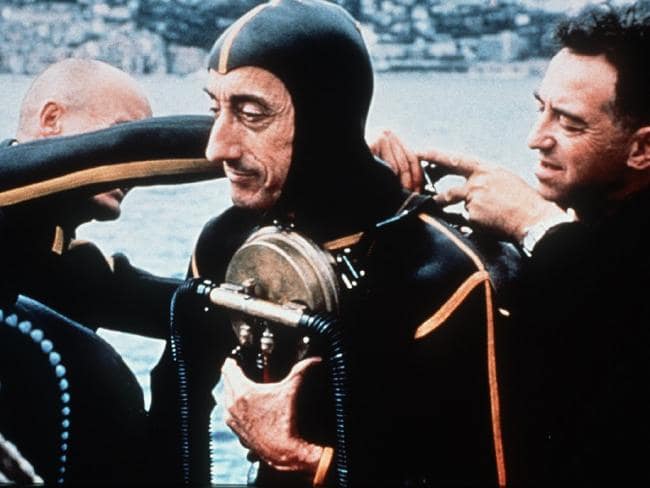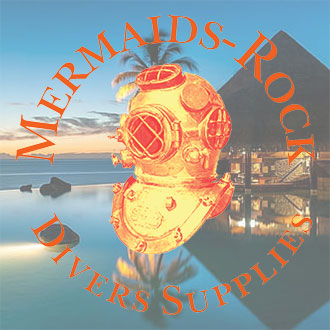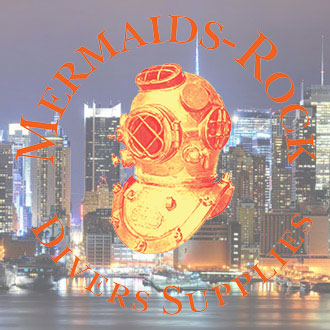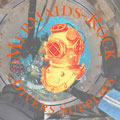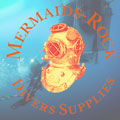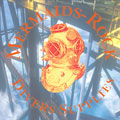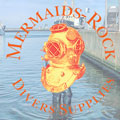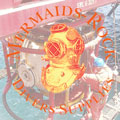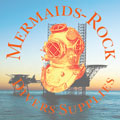
Era Marine AB
Contact & Details:
| Country | Sweden |
| Phone | +46 176 64 2313 |
| info@eramarine.se | |
| Website | www.eramarine.se |
| Description | our services throughout ScandinaviaWe are ready to provide services to all of Scandinavia CABLES, SEAL CABLES & PIPESPositioning and inspection of sea cables and pipes. Knowing where and how these are located is of the utmost importance for the maintenance and being able to draw in such a correct way on maps for operations and maritime safety. Era Marine helps to position during closure and to chart movements and status over time. Even when reconnecting the intended cableway, it has been found that Our ROV with its unique properties is an effective aid. How the bottom looks determines what type of cable and path you choose. Positioning ensures that it ends up in the right place. Era Marine documents everything in film, sonar, and video, which are handed over on USB. For this, a report is written with imagery and maps. Positions taken out in WGS84 are delivered in raw gpx file and Excel documentsBOTTLEN INSPECTION AF DOCK AND PORTAfter construction at a quay, harbor or other places where people and boats reside, it is important to search the bottom in order to make sure that no debris, building materials and the like are on the bottom to prevent damage risk. We also look at bottom depths and how filling masses are distributed where the depth is adjusted in some way. With ROV equipped with sonar, you can quickly and easily see what the bottom looks like regardless of visibility or water quality.SHIPROV is used for regular inspections of ships and cruise boats. With the sledge mounted on the top, the ROV travels steadily to document the condition of the hull and propellers. With Cygnus ultrasonic meters it is possible to measure the thickness of the steel on the hull and ballast tank. This saves time and money compared to putting the ship in a dry dock for inspection.TANK & CISTERNSome spaces that store fluids are risky to inspect even when the water is drained. Oxygen deficiency becomes a problem when the space is empty and in the worst case dangerous gases can form which are harmful to breathe. Therefore, all cisterns and containers should be inspected with ROV to ensure that they are fluid-filled . ROV passes through Narrow spaces, openings and chambers easily and gives an overview of the statusRESCUE SERVICE, CUSTOMS, MARINE POLICEROV is the perfect tool for inspecting an area or searching for lost items. For larger areas, the surface is scanned with sonar at first and then a film camera is used for closer visual inspection and identification of the object. The use of ROV means that the assignment can be performed very quickly, safely and cost-effectively. Plan the dive at hazardous dive areas with ROV, search the area to save dive time, look over larger areas with sonar. There are many reported cases where ROV has quickly found drowned victims where diving teams have searched unsuccessfully for days or weeks.CAVERNS AND TUNNELSTunnels and rock spaces are often deep and long which makes them inaccessible and risky to stay in for divers. With the higher safety requirements, there is now a great demand to use ROV for inspections. Using ROV for status inspection and planning of ev. maintenance saves time and makes the planning more efficient.FISH FARMWith the increased requirements for self-checks and monitoring by the Swedish Board of Agriculture, ROV is an efficient and profitable tool for your plant. You can quickly identify potential weak points in your facility, monitor the feeding process to optimize the right amount of feed, check health and mortality, clear nets from dead fish, etc. In many of the world’s largest fish farms, an ROV system is a givenSONARSonar is an effective tool for poor visibility inspections. As there is often dark cold water with poor visibility, it is good to have a durable machine that works quickly in the water and scans the area with sonar. With the ROV’s camera, you can quickly dispense or confirm items that cause the sonar. Regardless of the depth, visibility or size of the search area, the ROV can descend in and around to investigate places where divers have difficulty moving without any risk or when finding their way takes time due to view. ROV can stay underwater as long as it is required with the ability to “fly” near the bottom without pulling up the bottom sludge that can obscure the sight. The diver can then use his dive time in the best way when salvaging the object, in many cases, by following the ROV’s cable down to the found location.SALVAGEWe make a status assessment of how the object is located with ROV. After planning, we can work in critical places or where it is difficult for divers to work, attach belts, hooks and other recovery aids with the ROV’s manipulator arm and then work easily and safely from the surface to retrieve the object. Thus, no one needs to work in the water. When salvaging with divers, we are involved in the safety of the diver and the dive manager’s overview to monitor the dive and to quickly see what actions need to be taken or warn of unforeseen movements on the object.RESEARCHOf course, ROV is an obvious tool in all types of marine research for collecting data that is below the surface, at the bottom, archaeological finds etc. In addition to helping field researchers, ROV was used as an enabling tool. ROV is a fast, simple and effective tool for environmental and hydrographic assessments, and can be used underwater to collect data for as long as the operator needs. It is easy to maneuver from a boat, beach or land with minimal power consumption. Coastal soil surveys, water samples, stock surveys and environmental inspections can be easily carried out with a ROV equipped for the required needs.OFFSHOREThe offshore industry has a significant history of handling large working-class ROVs that handle water depths of more than 300 meters and can carry payloads, tools and more. But the need for an easy-to-handle smaller ROV has increased greatly in the offshore industry to search, inspect, or survey underwater. Our ROV is lightweight and consumes very little power, it can be used in many different areas on rigs, vessels etc., and can be used safely on sensitive machines without the risk of damage. This type of ROV is also used in hazardous and confined spaces. |

